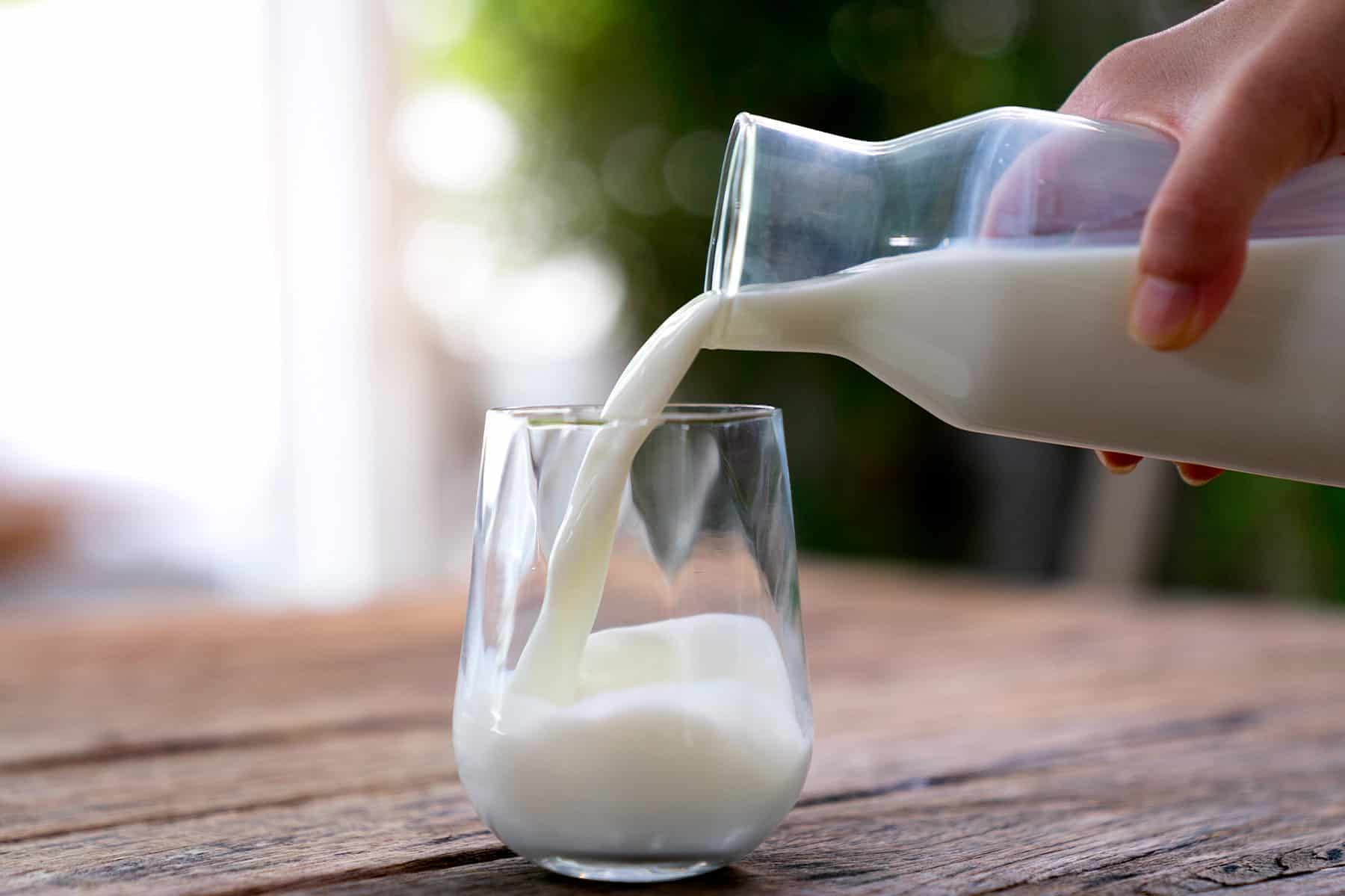The Surprising Link Between Selenium, Stress, and Autism Symptoms
The world is a beautiful place to be, and beauty lies in the eyes of the beholder.
From person to person, the outlooks towards life and the things around vary. And then maybe there will be someone who experiences the world a bit more differently than the mundane; probably they think in pictures, feel things more intensely, or find comfort in patterns and predictability. It may be a brilliant artist who doesn't love loud spaces, a kid who is a whiz at puzzles but avoids eye contact, or even a genius techie who struggles with social cues.
Do you know someone like them?
Okay, another question here: What was common between Albert Einstein, Sir Anthony Hopkins, Temple Grandin, and Elon Musk?

These are brilliant minds who saw the world differently, yet they have left a mark with their work in the history of mankind. Although earlier regarded as a disability, this condition is now regarded as a special ability.
This condition is autism spectrum disorder (ASD). Presently, this condition is better understood than before, but there is no uniform path when it comes to support or improvement of this condition. A big role is played by families and individual therapies, routine and educational tools, but there are also some smaller natural lifestyle choices that could make life easier for people who have this condition. Usually, people with ASD have sensitivities and unique dietary needs. So, these mini steps must be taken in lifestyle choices, which could lead to overall well-being. Additionally, incorporating natural foods with minimal side effects and potential long-term benefits.
Autism Concisely
Now, Autism is a spectrum, and every individual with this condition is different. While in some cases the affected may be independent, in some cases they may need daily support. Some common characteristics of this condition are
- Sensory sensitivities (to light, sound, texture)- Sensory Processing Disorder (SPD)
- Repetitive behaviors
- Difference in social communication
- Co-occurring conditions like Attention Deficit Hyperactivity Disorder (ADHD)
- Focused interest
It has been reported that individuals with autism also experience certain related challenges, like issues with digestion, food sensitivity, difficulty sleeping, and high oxidative stress, because of which nutrition may have an important role to play in their overall wellness. To prevent sensitivities, GFCF diet was used as a complementary therapy. As per some research, this intervention has helped in the reduction of autistic behaviour like restlessness and aggression. However, food is not a treatment for autism. Of course, there may be certain options that users have tested, which can help balance the lifestyle of these individuals. The goal is not a cure, but overall wellness.

The GFCF (Gluten-Free Casein-Free) diet is the most commonly mentioned dietary strategy with Adults or children with autism. It is basically an eating plan that eliminates sources of gluten (a protein found in wheat, barley, and rye) and casein (a protein found in dairy products). In simple terms, along with normal carb sources and cow milk, even yoghurt, cheese, and butter are avoided in this diet.
Research has documented its potential effectiveness in supporting the improvement of the symptoms of ASD. It may be introduced with the guidance of a professional dietitian or doctor who can help monitor nutrition and balance.

A Growing conversation: Camel milk as a Part of a Natural remedy for Autism
- It is a powerhouse of naturally occurring vitamins and minerals like vitamin C, calcium, and zinc
- Scientific probing has shown that the protein composition of camel milk is different than that of cow milk, which makes it easier to digest and thus is gentle on the stomach
- As per studies, it has lower levels of certain allergenic proteins like beta-lactoglobulin and lactose, making it more tolerable for those who have sensitivities
- Selenium is an antioxidant that is also found in camel milk. Although there are a lot of myths around the role of selenium in ASD, research has reported its potential in contributing to the management of stress. It may also support general well-being and quality of life.
Camel Milk Experiences in the Mix

Stress, Oxidative Stress, and ASD

A Balanced Path to ASD Management through Holistic Approaches
Conclusion
Frequently Asked Questions
Is camel milk good for people with autism?
What are the benefits of selenium in autism?
Selenium supplementation is reported to attenuate autism like behaviors and improve oxidative stress.
How often can camel milk be consumed?
The consumption of camel milk depends on individual tolerance and age. However, up to 200 ml of camel milk can be consumed per day by adults. However, it is always better to consult a professional healthcare specialist before adding anything to the diet.
Is camel milk safe for children with Autism?
Is camel milk a cure for Autism?
What is the GFCF diet?
What foods are gluten-free and casein-free?
What type of diet is best for autism?
Can an autistic child eat wheat?
What foods are allowed on the GFCF diet for autism?
- Fruits
- Vegetables
- Fresh meat, poultry, fish, and eggs
- Gluten‑free grains (rice, millet, quinoa, buckwheat, amaranth, certified GF oats)
- Legumes like beans, nuts, and seeds
- Dairy alternatives (almond milk, coconut yogurt, vegan cheese and camel milk)



